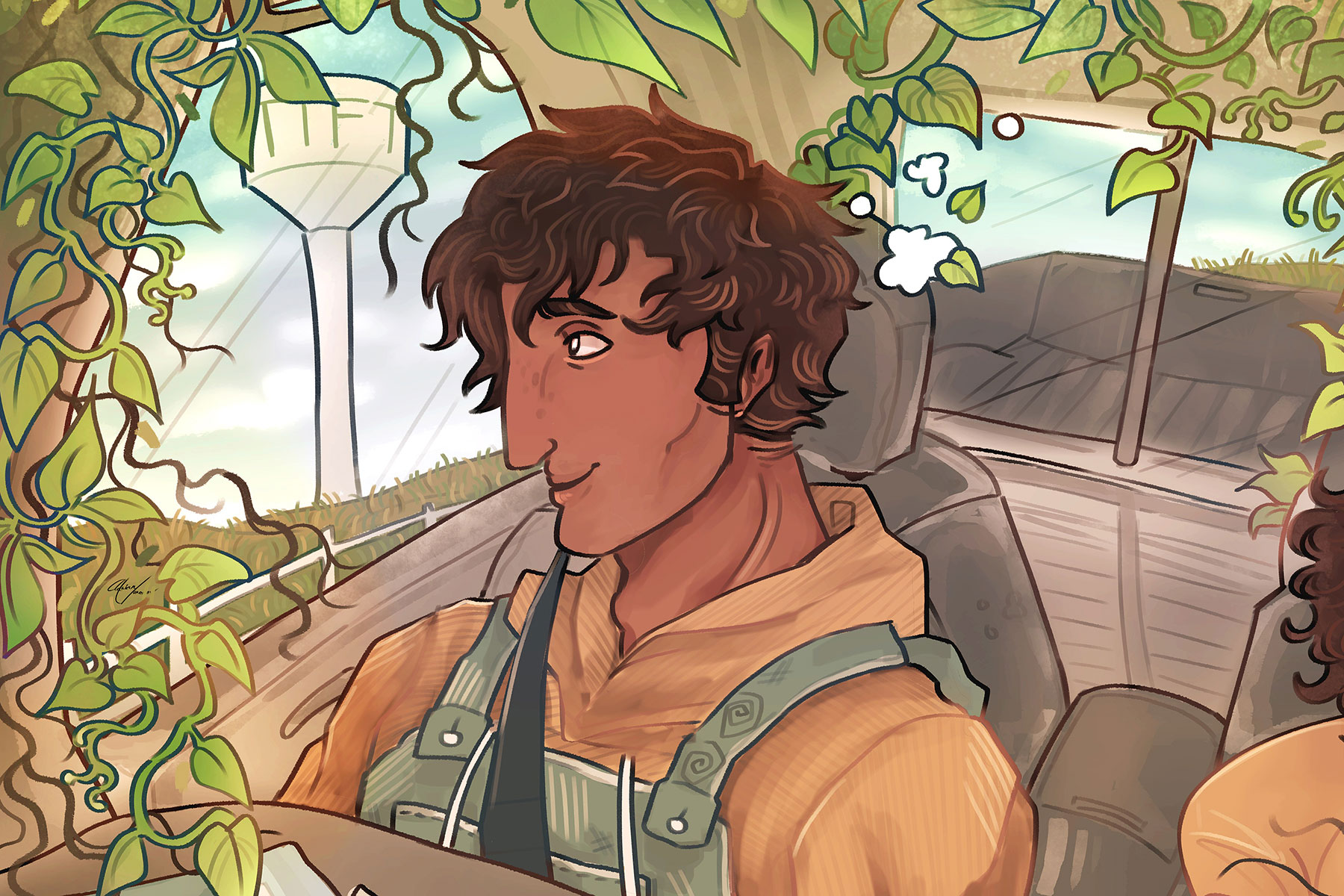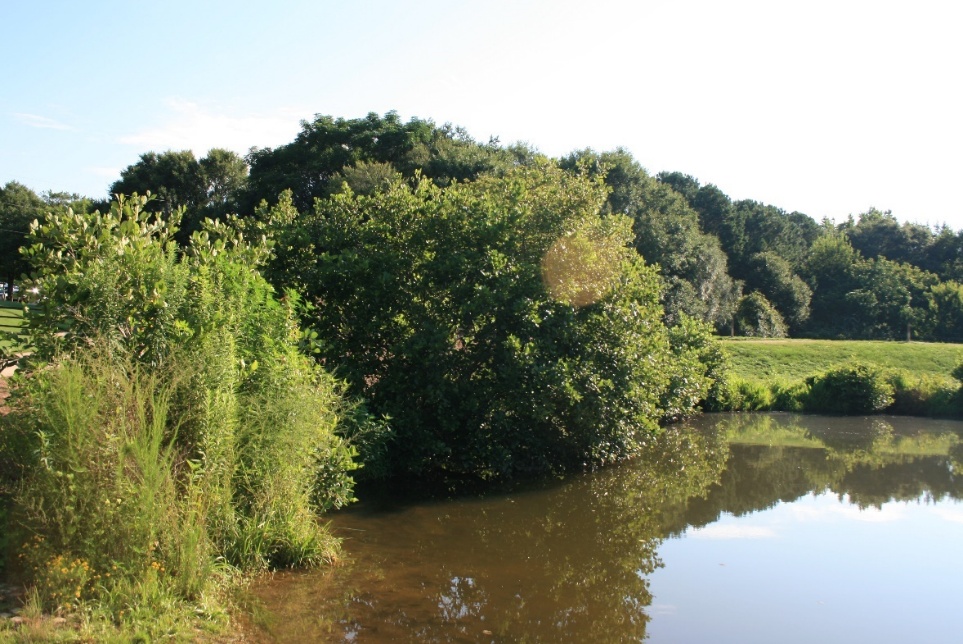All communities share the common goal of a healthy environment
for their citizens. And the quality of their environment has much
to do with the amount of green space they have.
A well-managed green space — turf, trees, shrubs and other
plants — can mitigate the ill effects of construction
developments.
Cities with little green space can be hotter, with more and
muddier runoff water. These concrete communities often don’t look
or feel like places people want to call home.
Developing TLOs
But citizens can help manage community green space in many ways,
including developing of tree and landscape ordinances.
TLOs aren’t just for big cities with environmental problems.
Small towns and communities at early stages of growth need them,
too.
In fact, when smaller towns effect TLOs as they start growing,
they can avoid many of the environmental ills of larger cities.
Hard times arise when significant natural resources are depleted
before starting an ordinance.
Effective Steps
Several steps have proven effective in developing community
TLOs.
Survey the situation. Find out if your city or county
already has an ordinance. If so, get a copy and become familiar
with its details. Reviewing TLOs of nearby communities or those
with about the same size or terrain provides more ideas. Look
into whether the community is happy, too, with the current
ordinance.
Identify groups interested in a TLO. Developing working
relationships with like-minded civic groups is important. These
may include the tree board or commission, garden clubs, the local
chapter of Keep America Beautiful, heritage or preservation
society, neighborhood associations and community planners.
Join the tree board or commission. In most places, the
tree board is the mechanism for people to develop a TLO. If there
are no vacancies, attend the meetings.
Work with civic groups. Planning and zoning commissions
deal with issues related to growth. Talking with members can help
implement a TLO. Presentations to local civic clubs can increase
public awareness of the need. Reviewing how new developments can
degrade the environment is a good start.
Talk with commercial developers. A local government’s
passage of a tree and landscape ordinance usually requires input
and support of commercial developers, such as the homebuilders
association and general contractors association. The timing and
nature of the contact with these groups will vary, but early
dialogue is most helpful.
Contact city and county officials. Getting an ordinance
passed would be more likely if city and county officials were
involved early on. These may include the city council, city
manager, mayor, county commissioners or county manager. The city
or county arborist can be another important resource.
Draft a tree and landscape ordinance. This step should
include (1) input from interested environmental and civic groups,
(2) a review of the current ordinance, (3) a list of community
needs, (4) a review of ordinances for comparable communities, (5)
a summary of other ordinances’ key elements, (6) the actual
drafting and (7) being willing to make many revisions and seek
further input.
Develop community consensus. Once a draft is prepared,
begin the process of review and consensus building. Identify all
important groups to be contacted, and develop a sequence for
review. Consensus-building discussions help the whole community
understand the need and become involved in setting standards for
preserving natural resources. The understanding and support are
important during the approval process.
Establish a mechanism for enforcement. A TLO isn’t
complete unless a means to monitor and enforce it is in place.
Monitoring is necessary to ensure uniform compliance. The more
commercial developers are part of the approval process, the more
likely they will enforce it. The process of building community
consensus will facilitate compliance.




